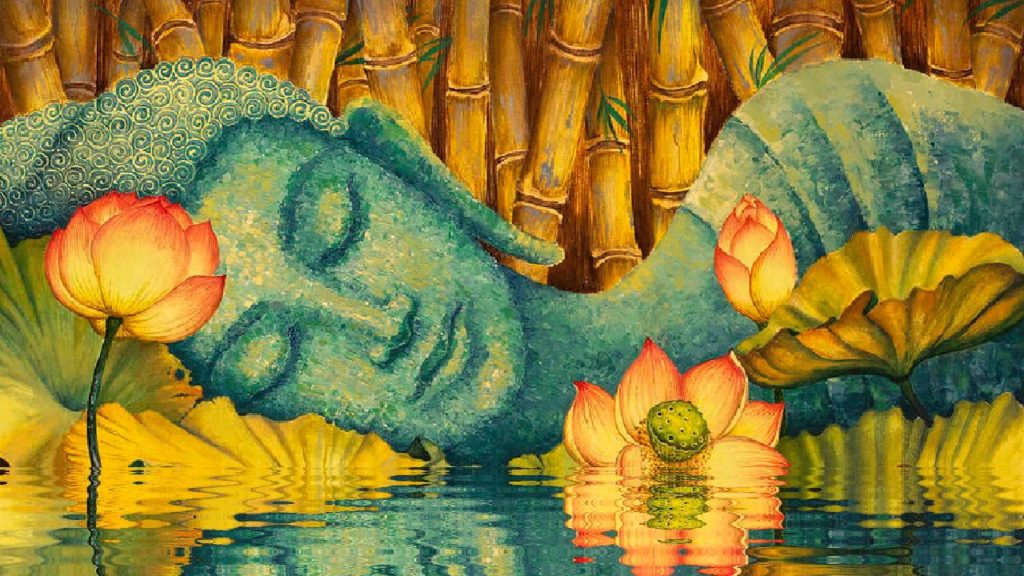
Ahimsa Permo Dharma is Not a Buddhist Doctrine – Babasaheb Ambedkar
When whole Brahminical media is blaming Bhim Army for defending their brothers and sisters and state is on the witch-hunt mode, it is a good time to revisit what Dr Ambedkar said about Ahimsa. Buddha wanted us to defend ourselves Following excerpts are from Dr Babasaheb Ambedkar’s book The Buddha and His Dhamma, Book 4, Part II, Section 3. What does Buddhist doctrine say?
True Meaning of Ahimsa
- What does Ahimsa mean?
- The Buddha has nowhere given any definition of Ahimsa. In fact he has very seldom, if at all, referred to the subject in specific terms.
- One has, therefore to spell out his intention from circumstantial evidence.
- The first circumstantial evidence on the point is that the Buddha had no objection to eating meat, if it was offered to him as part of his alms.
- The monk can eat meat offered to him, provided he was not a party to the killing of it.
- He resisted the opposition of Devadatta, who insisted that the monks should be prohibited from eating meat given to them by way of alms.
- The next piece of evidence on the point is that he was only opposed to the killing of animals in yajna (sacrifice). This he has himself said.
- Ahimsa Permo Dharma is an extreme Doctrine. It is a Jain Doctrine. It is not a Buddhist Doctrine.
- There is another piece of evidence which is more direct than circumstantial, which almost amounts to a definition of Ahimsa. He has said: “Love all, so that you may not wish to kill any.” This is a positive way of stating the principle of Ahimsa.
- From this it appears that the doctrine of Ahimsa does not say “Kill not.” It says, “Love all.”
- In the light of these statements, it is quite easy to have a clear understanding of what the Buddha meant by Ahimsa.
- It is quite clear that Buddha meant to make a distinction between will to kill and need to kill.
- He did not ban killing where there was need to kill.
- What he banned was killing where there was nothing but the will to kill.
- So understood, there is no confusion in the Buddhist doctrine of Ahimsa.
- It is a perfectly sound or moral doctrine which everyone must respect.
- No doubt he leaves it to every individual to decide whether the need to kill is there. But with whom else could it be left? Man has Pradnya, and he must use it.
- A moral man may be trusted to draw the line at the right point.
- Brahminism has in it the will to kill.
- Jainism has in it the will never to kill.
- The Buddha’s Ahimsa is quite in keeping with his middle path.
- To put it differently, the Buddha made a distinction between Principle and Rule. He did not make Ahimsa a matter of Rule. He enunciated it as a matter of Principle or way of life.
- In this he no doubt acted very wisely.
- A principle leaves you freedom to act. A rule does not. Rule either breaks you, or you break the rule.
Emphasis through bold added by Velivada Team.



Very nicely you have explained about the nonviolence. Our Buddhist community has a lots of confusion about it.
Thanks for sharing .